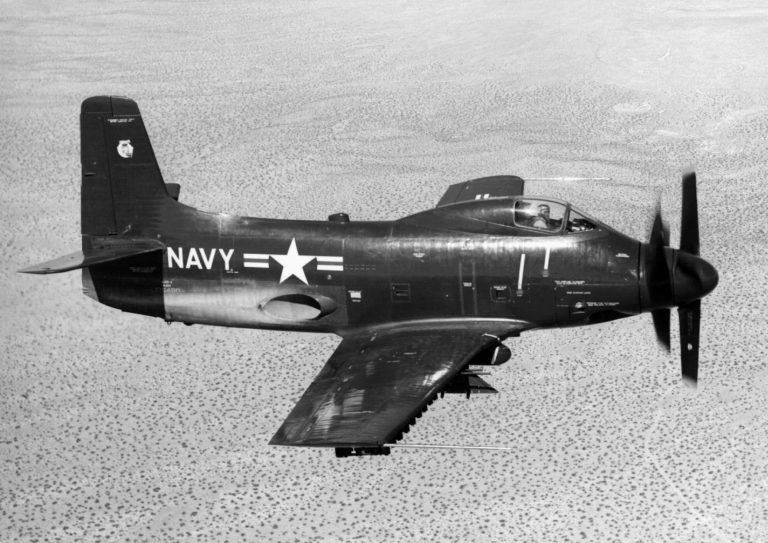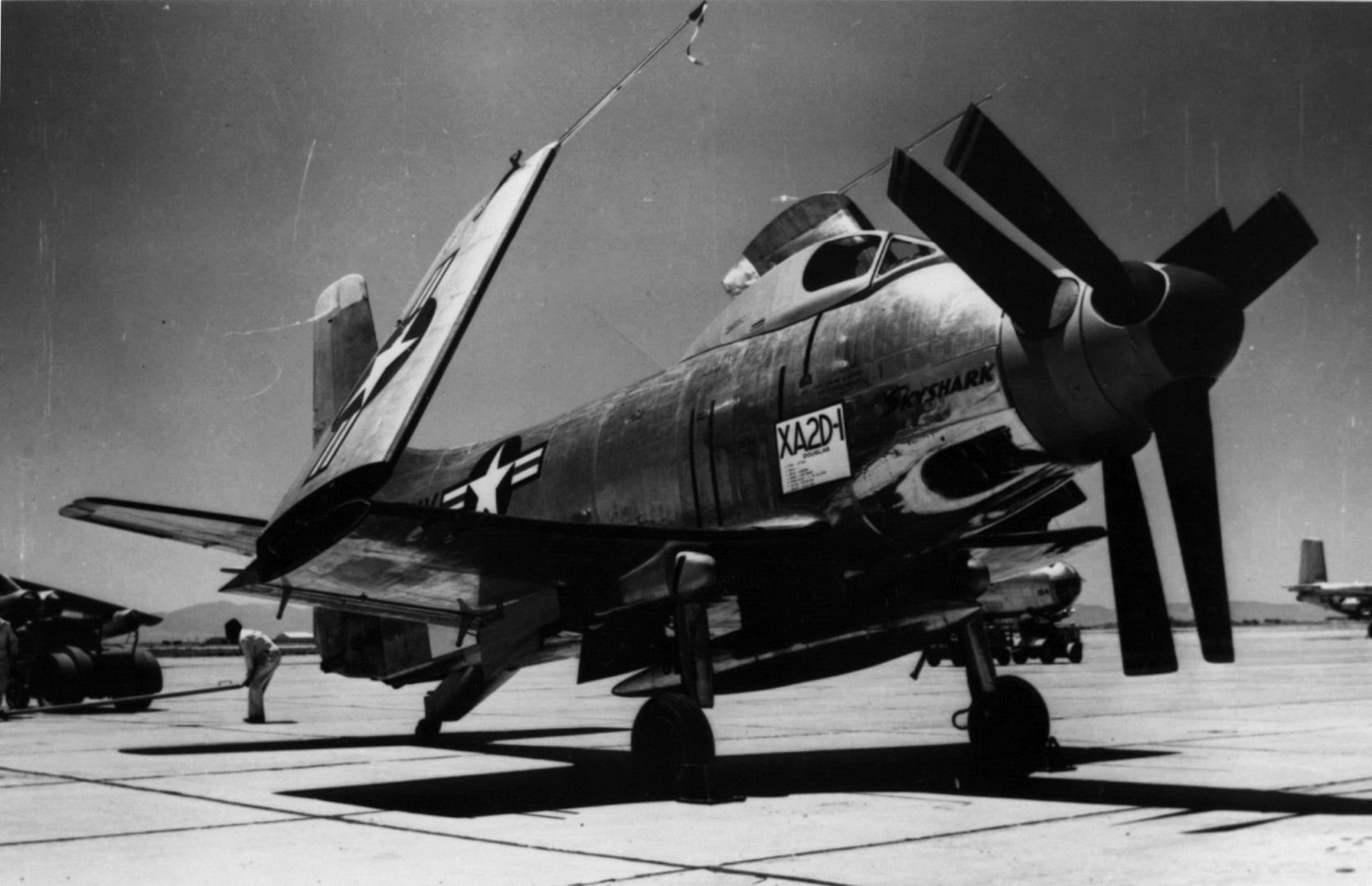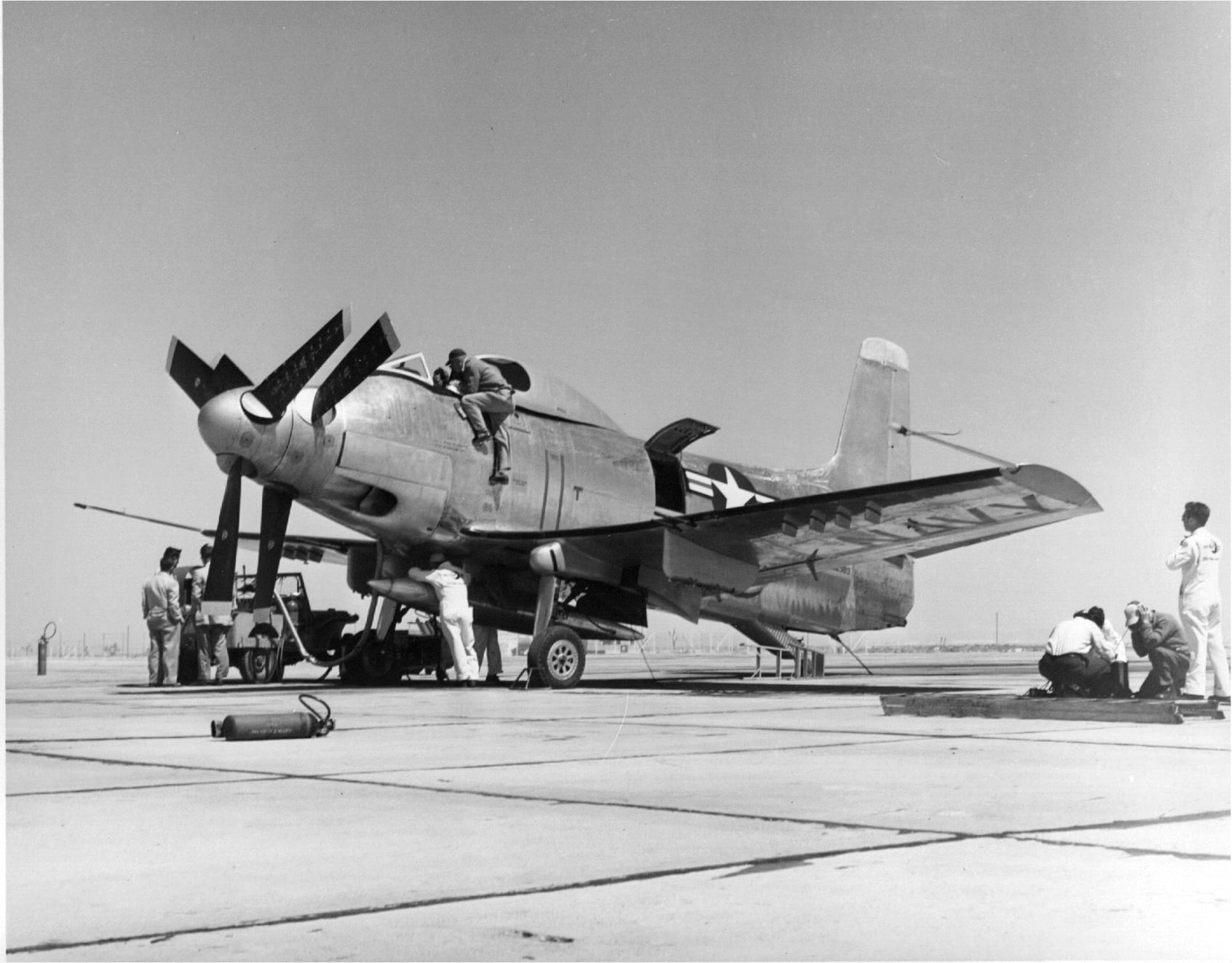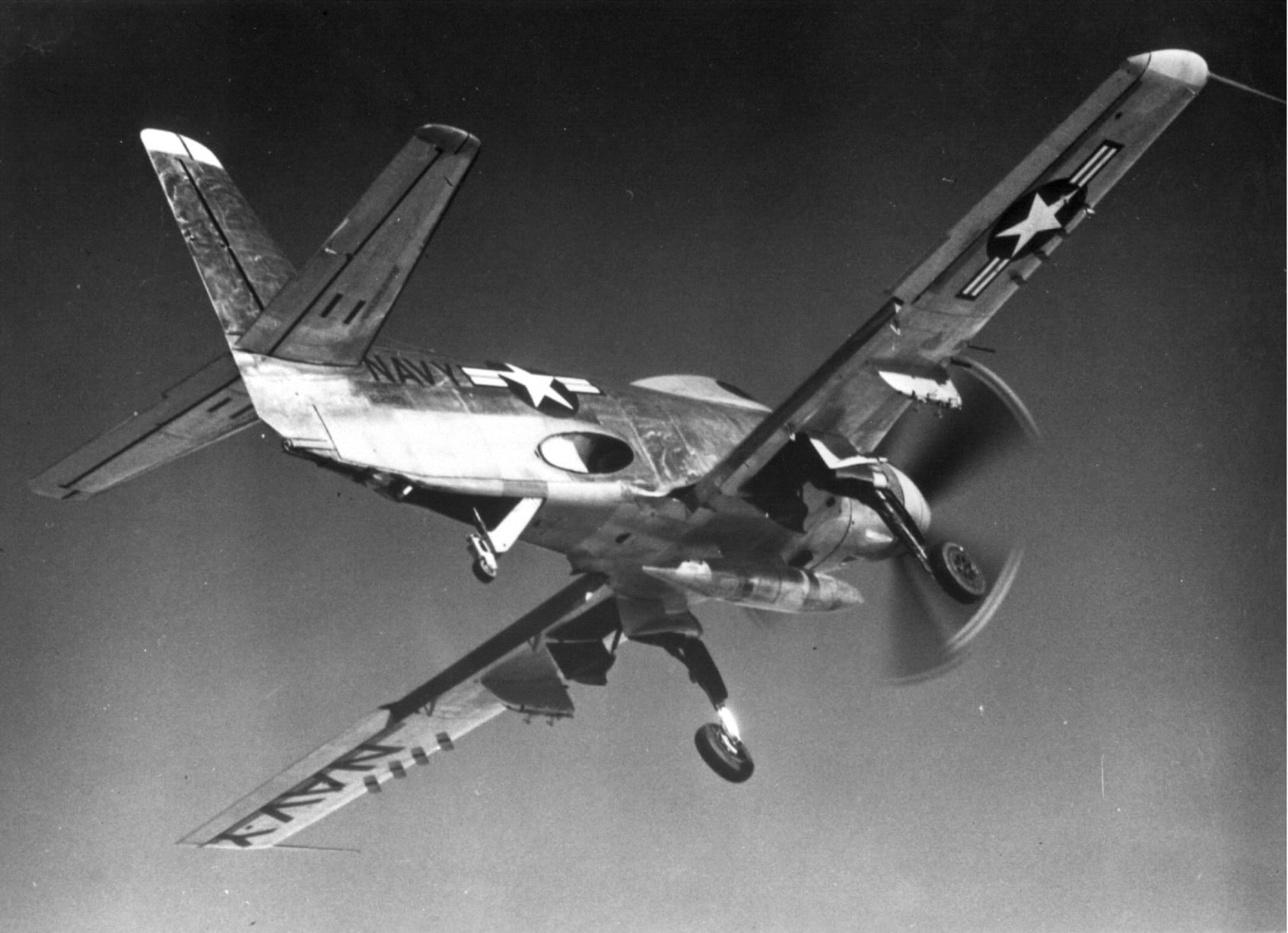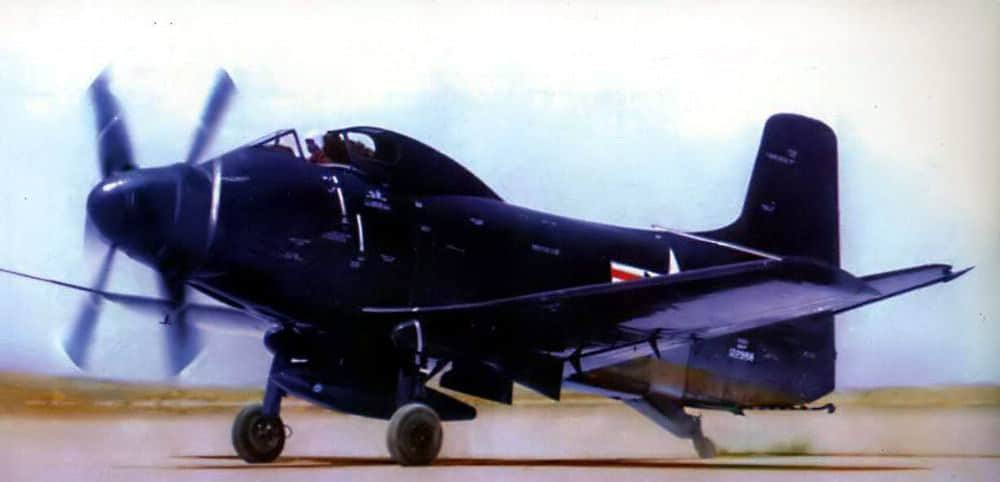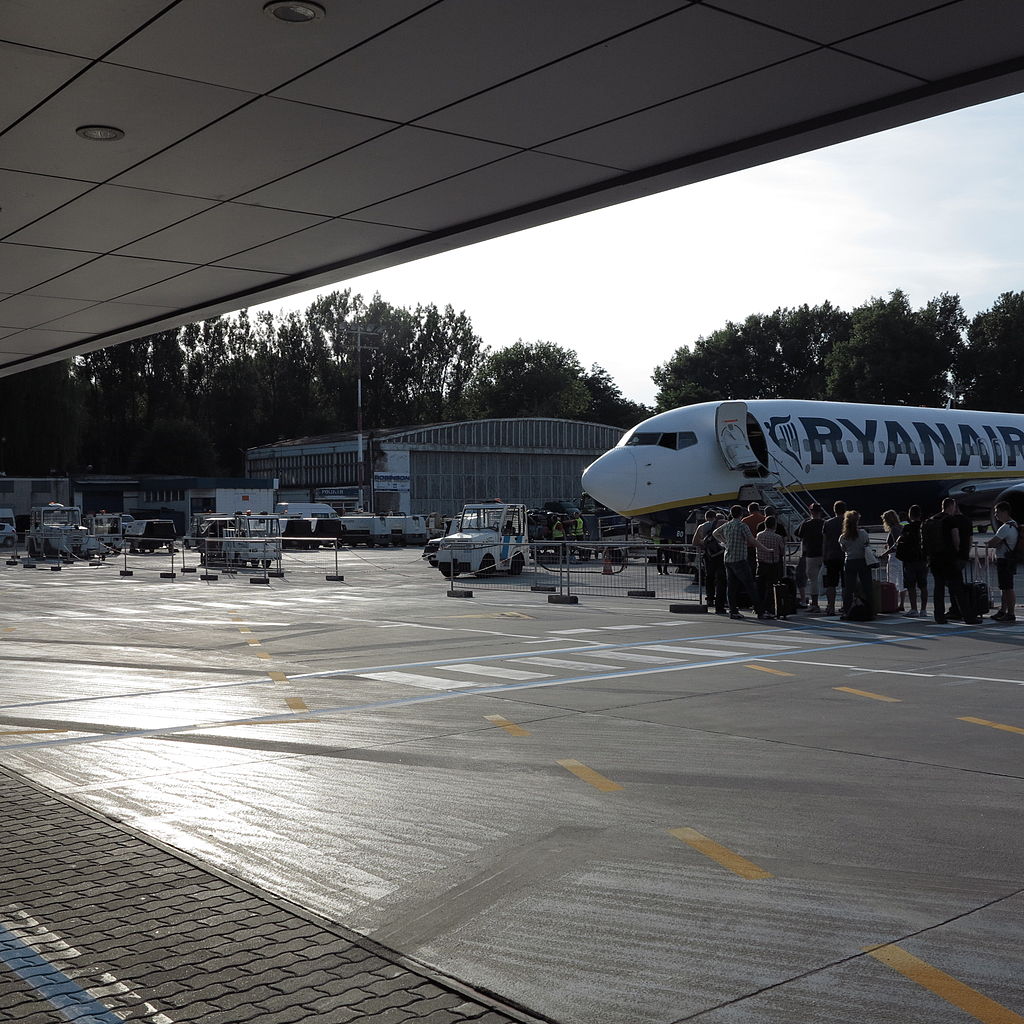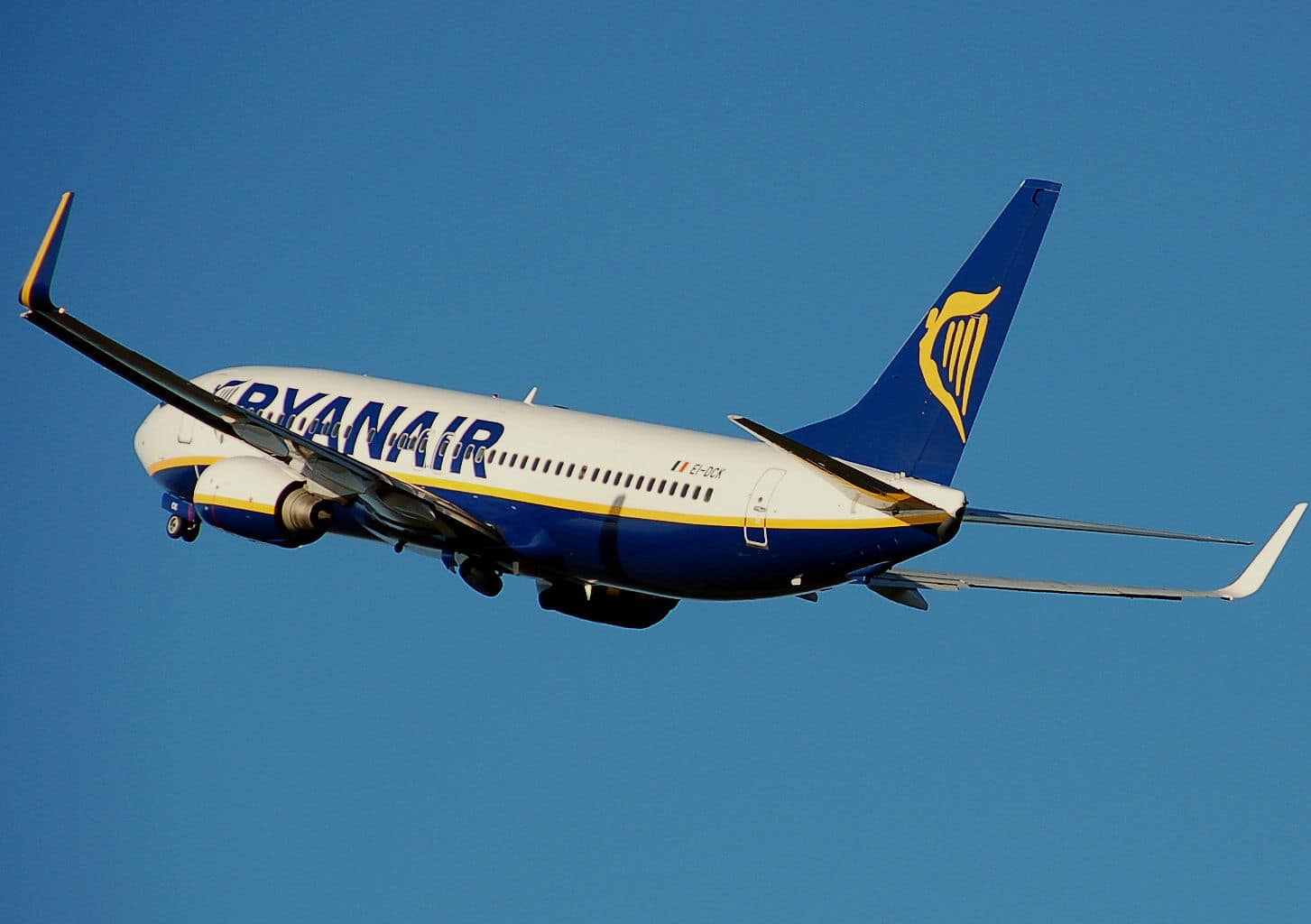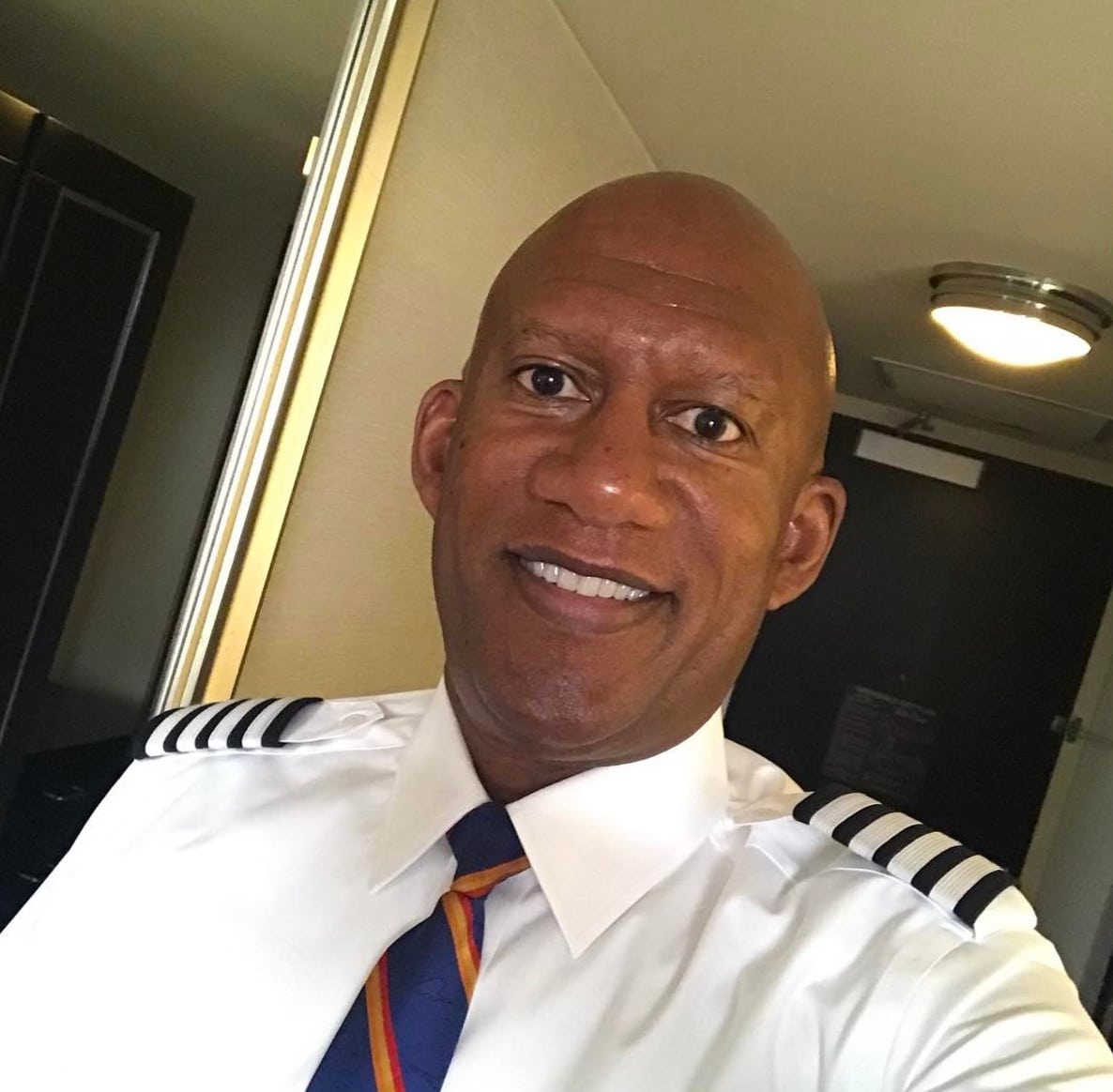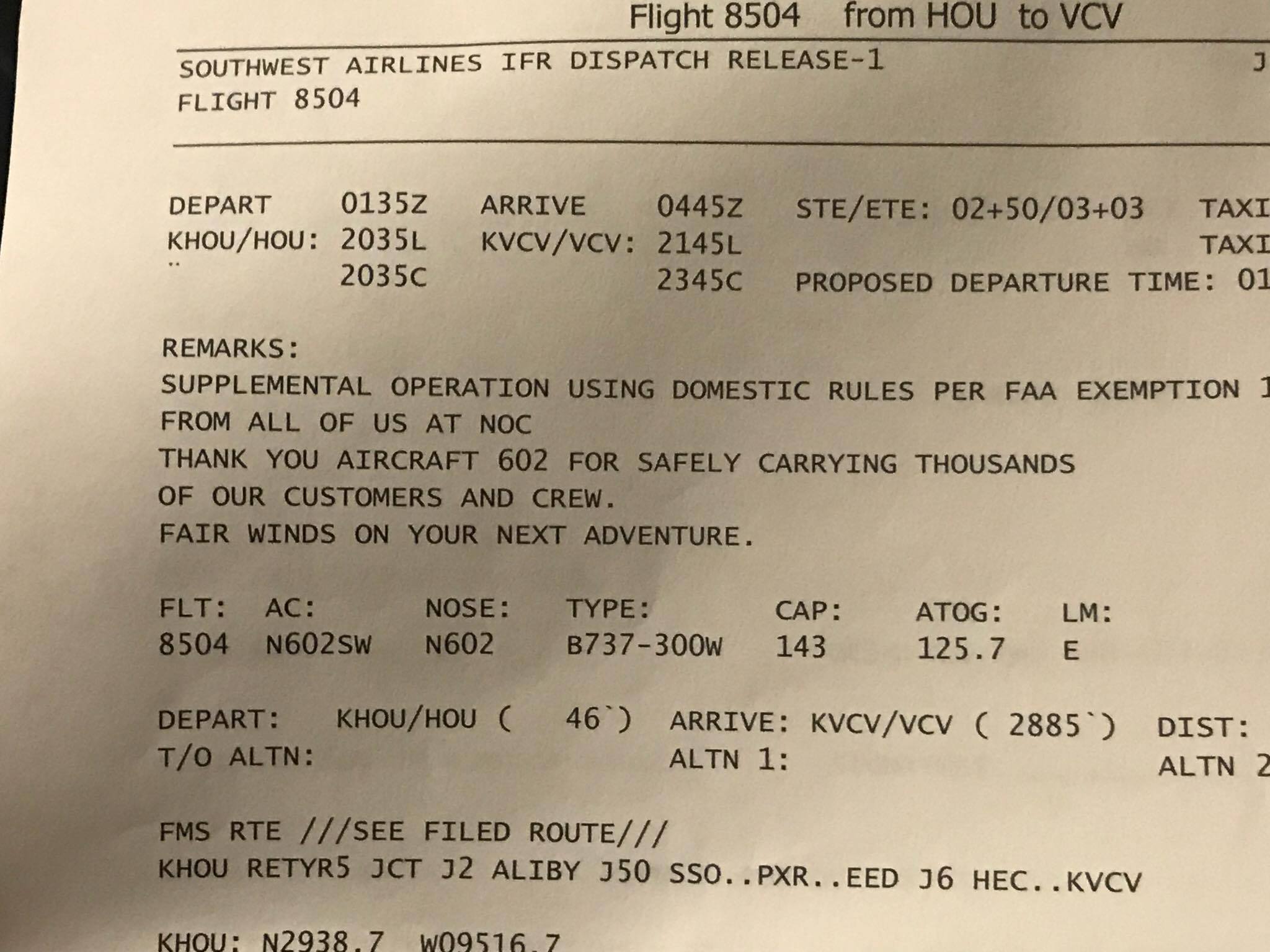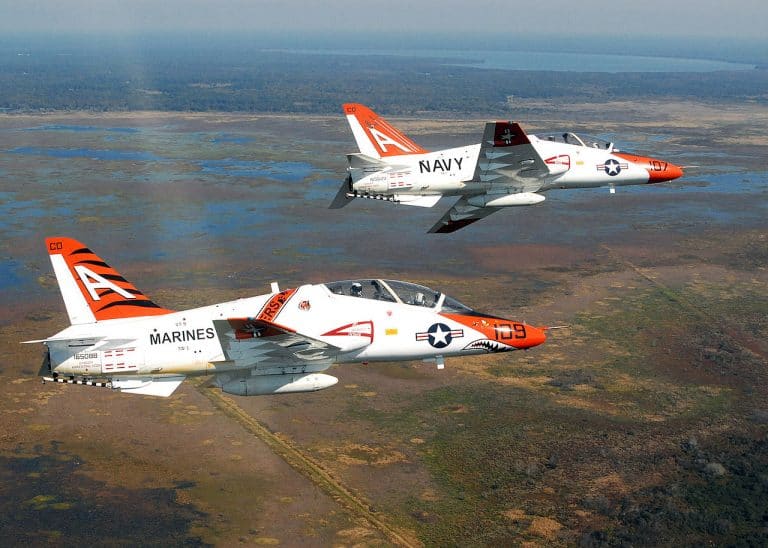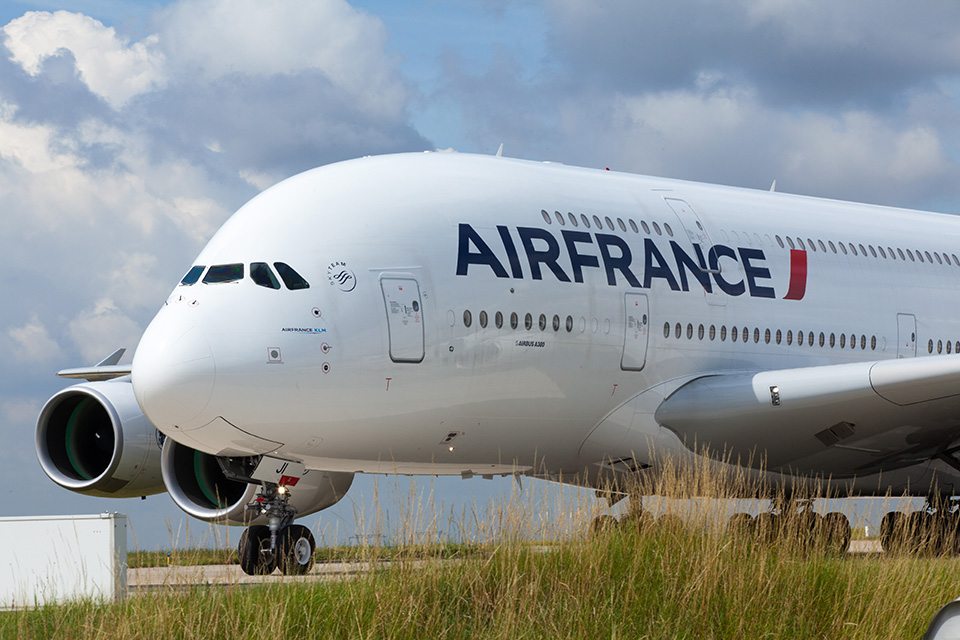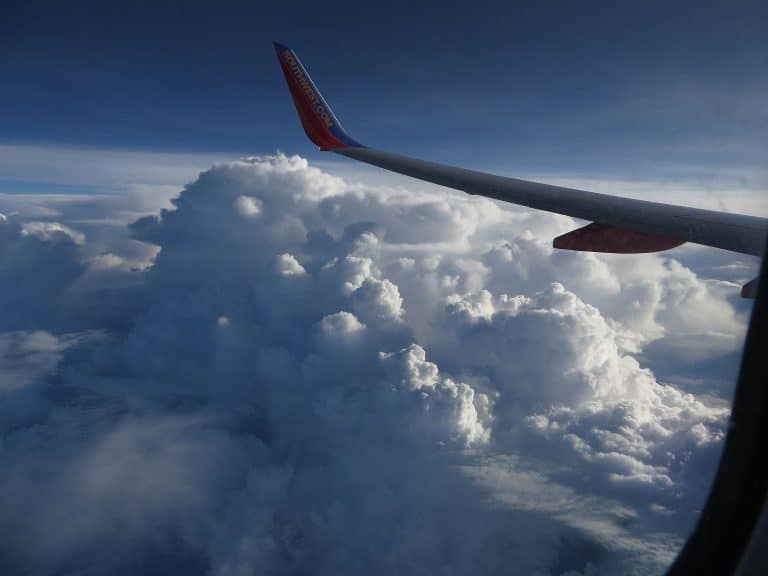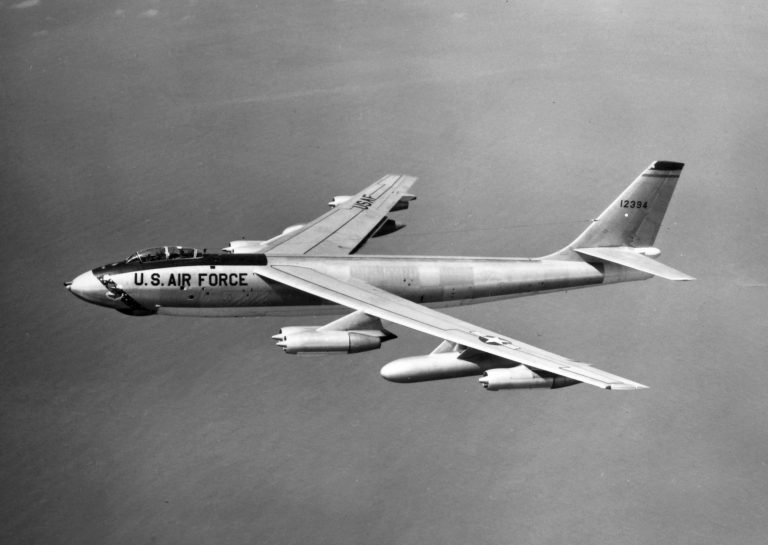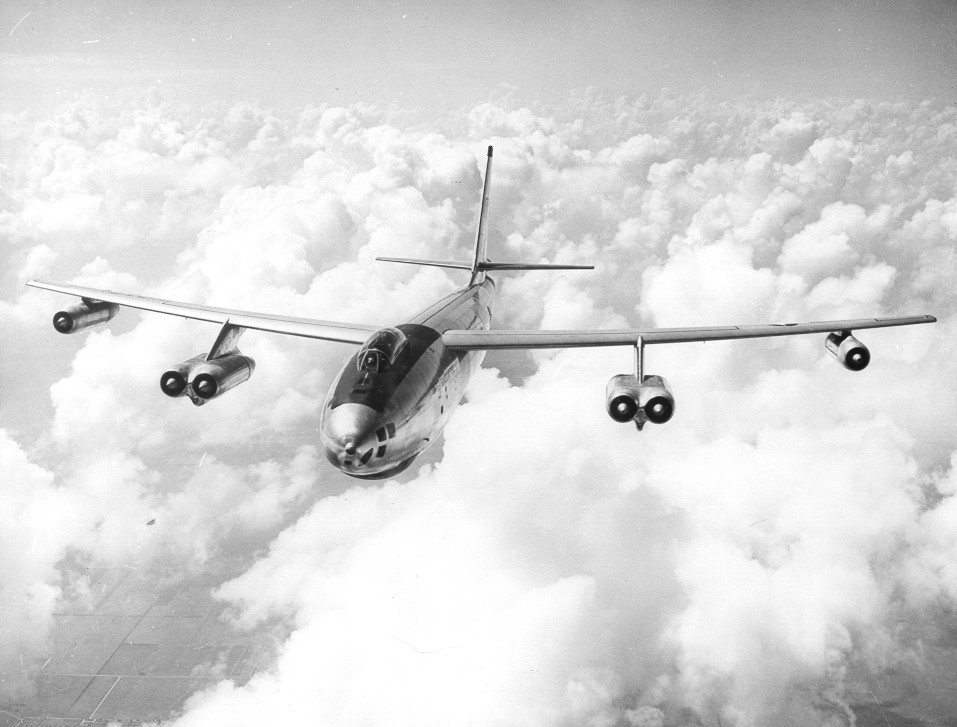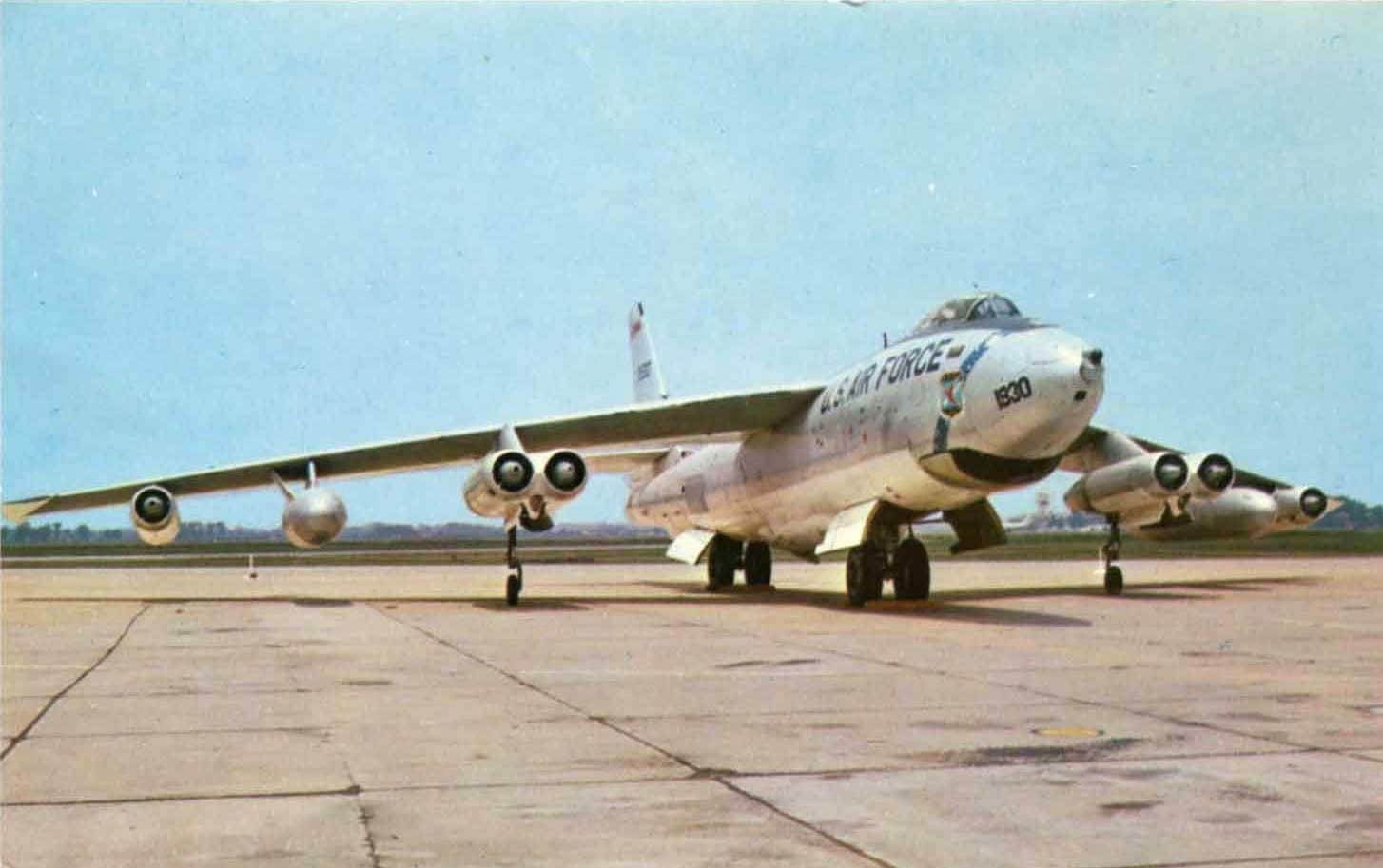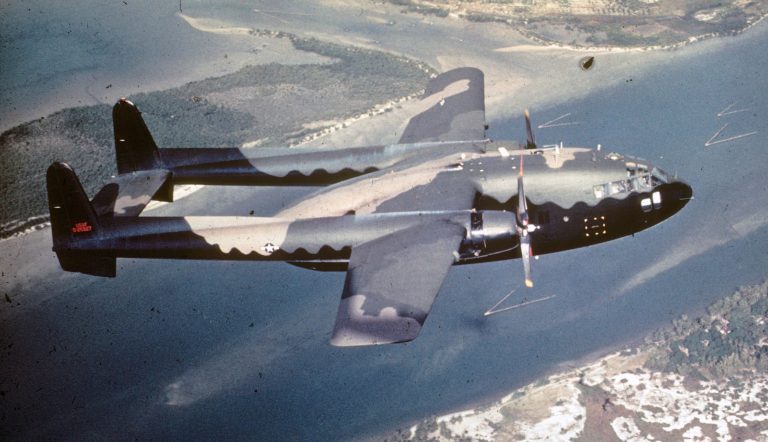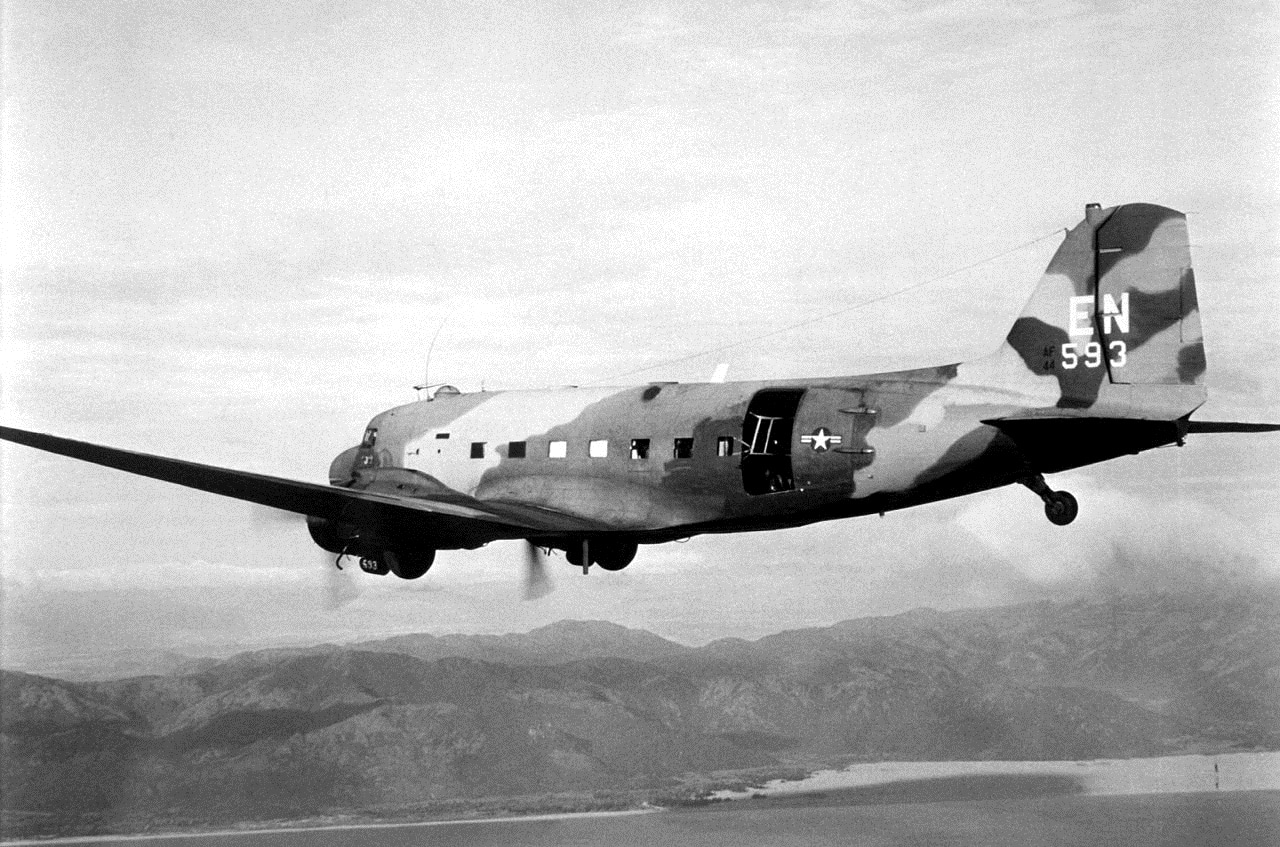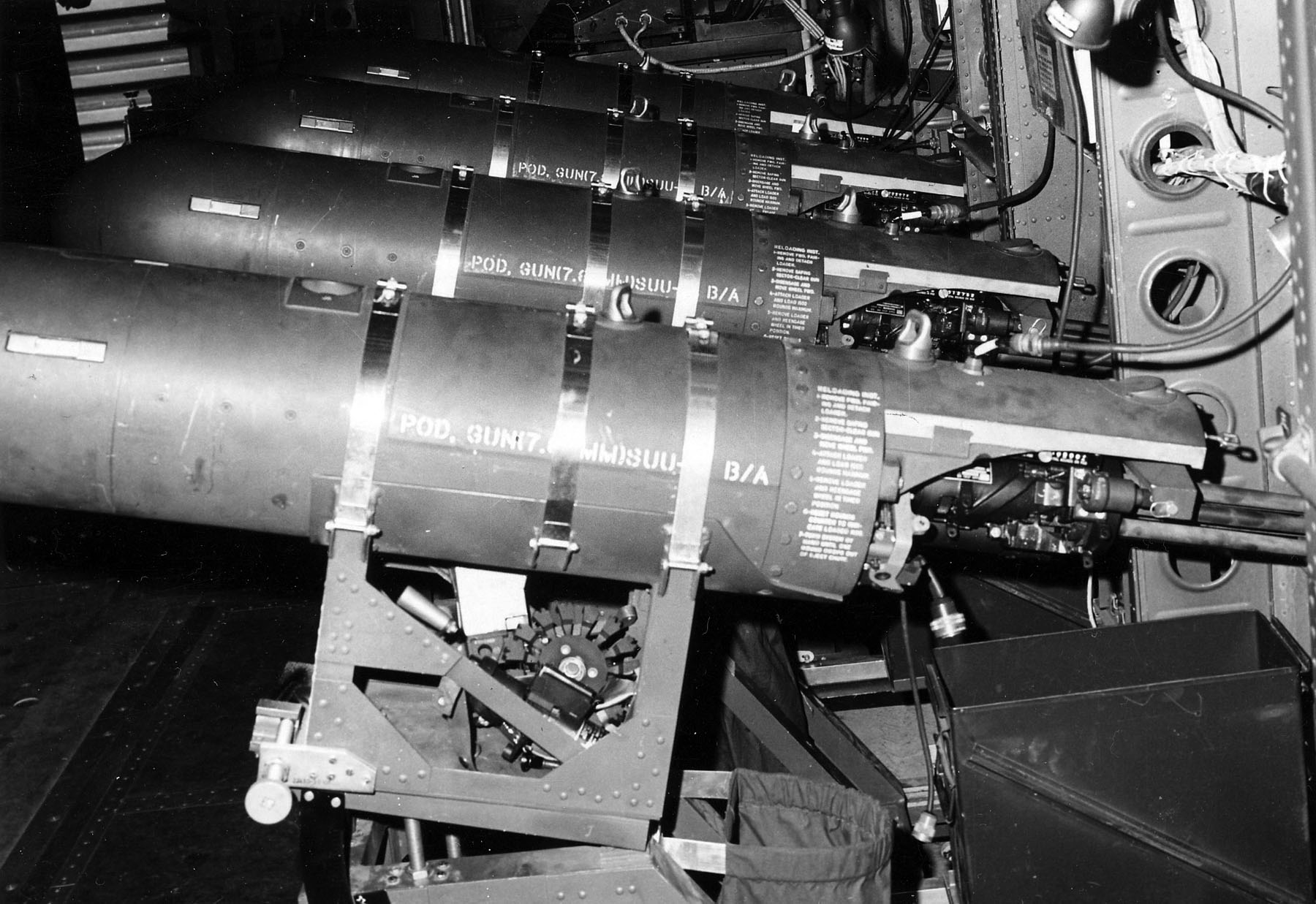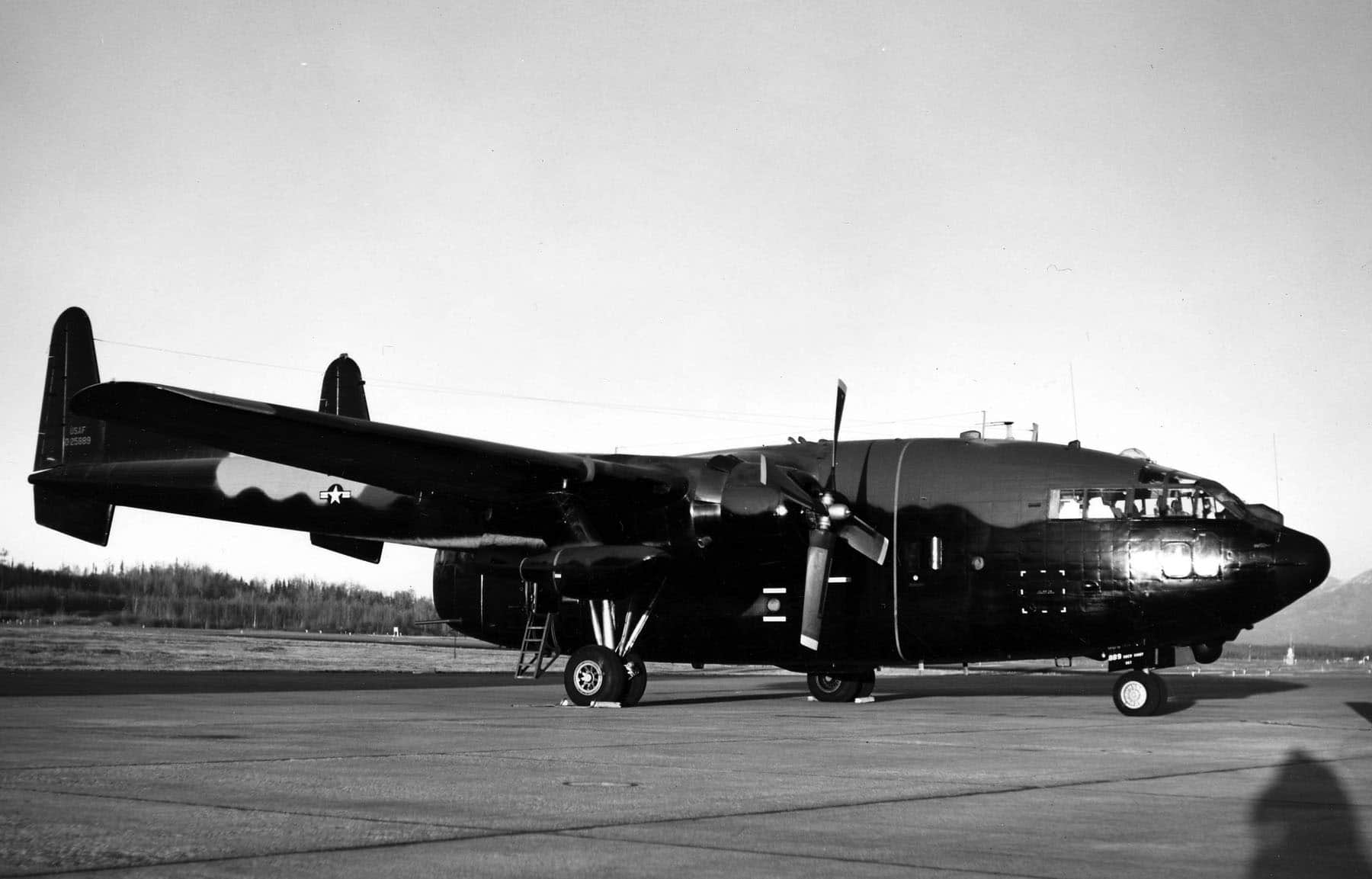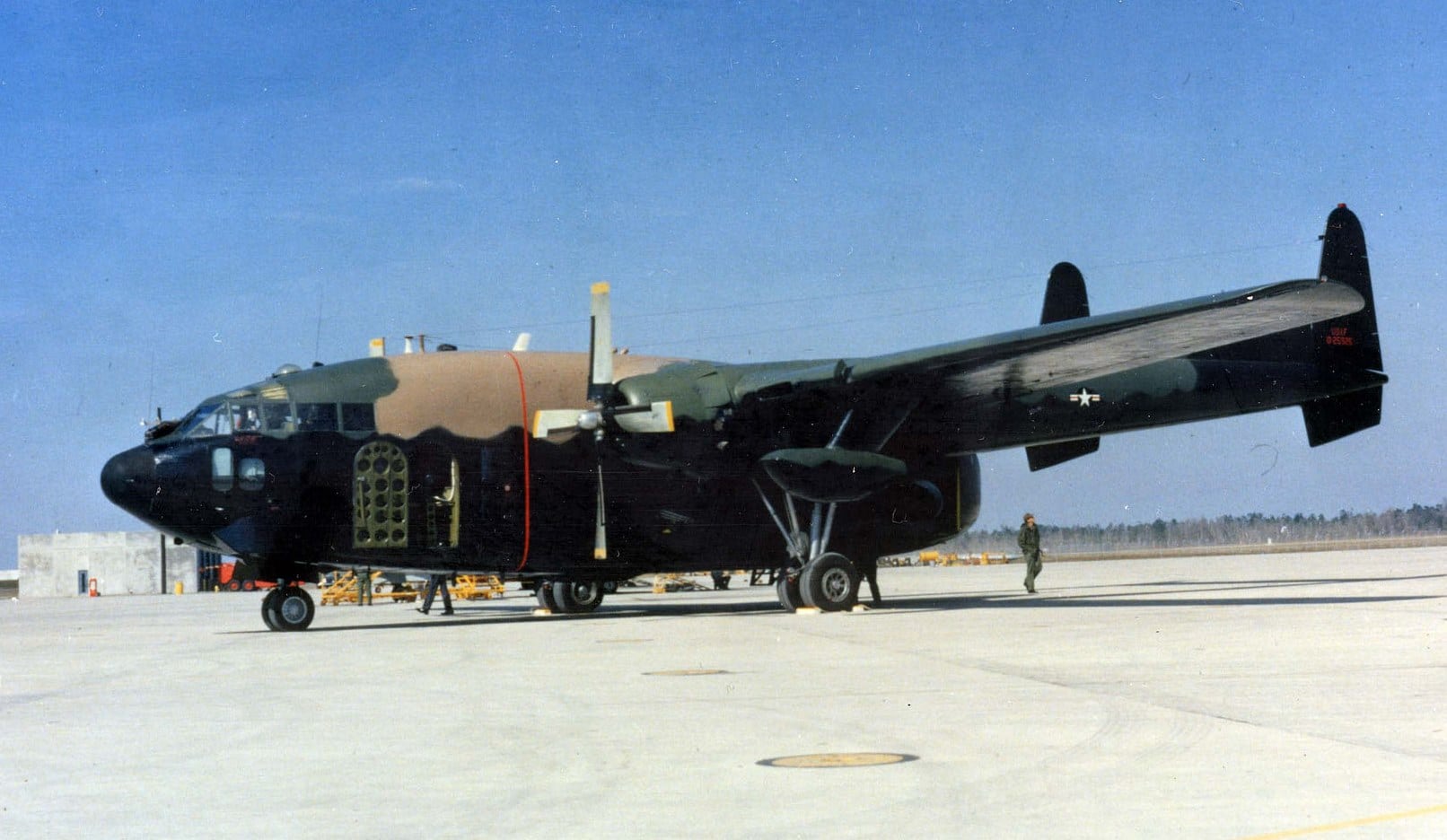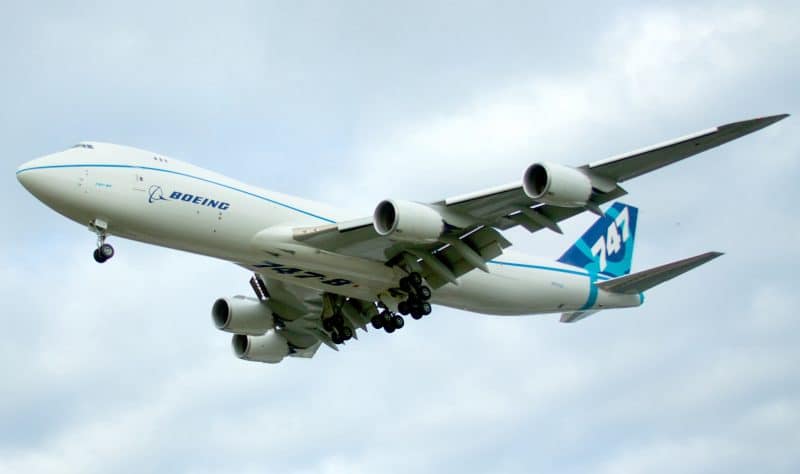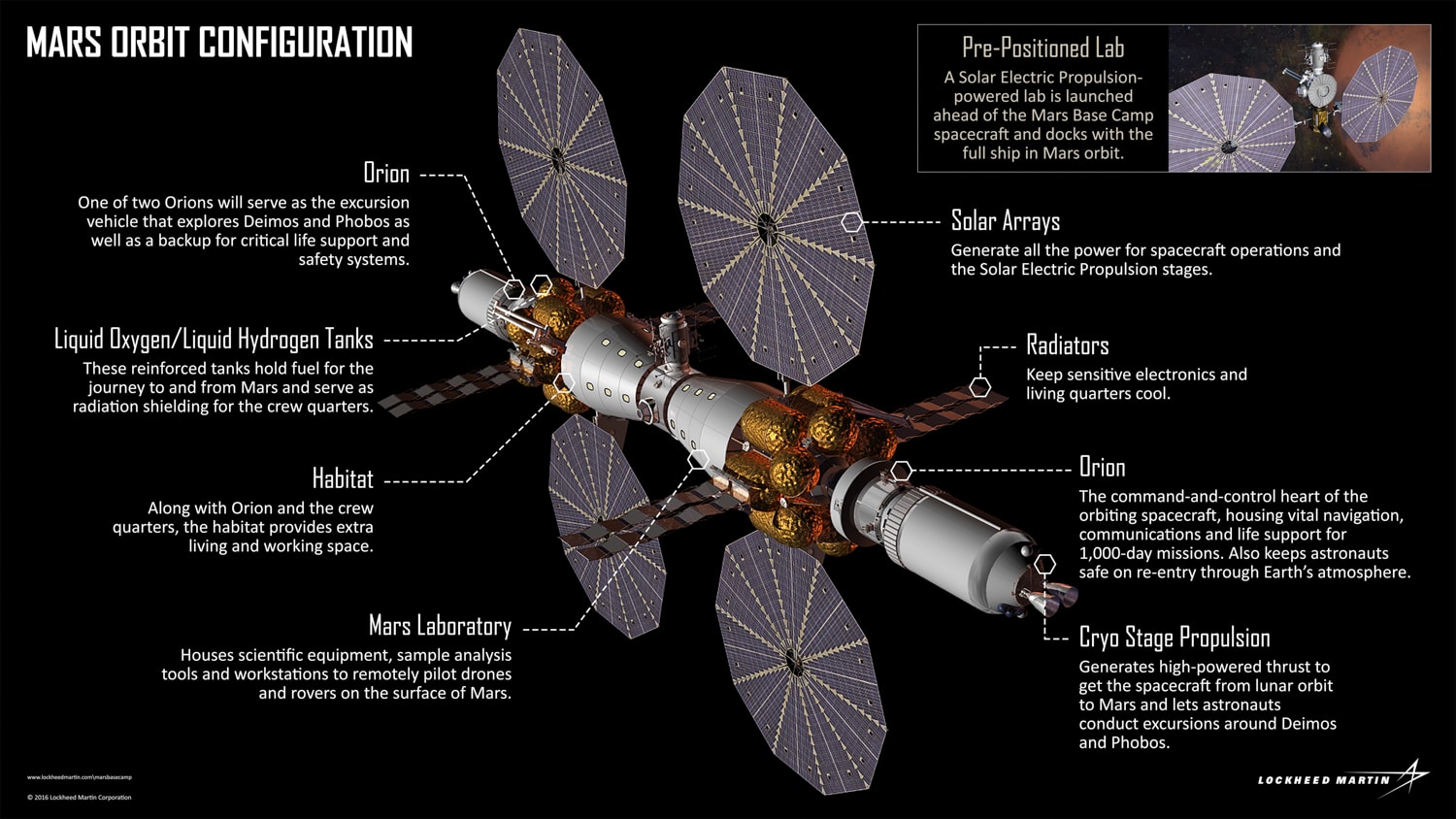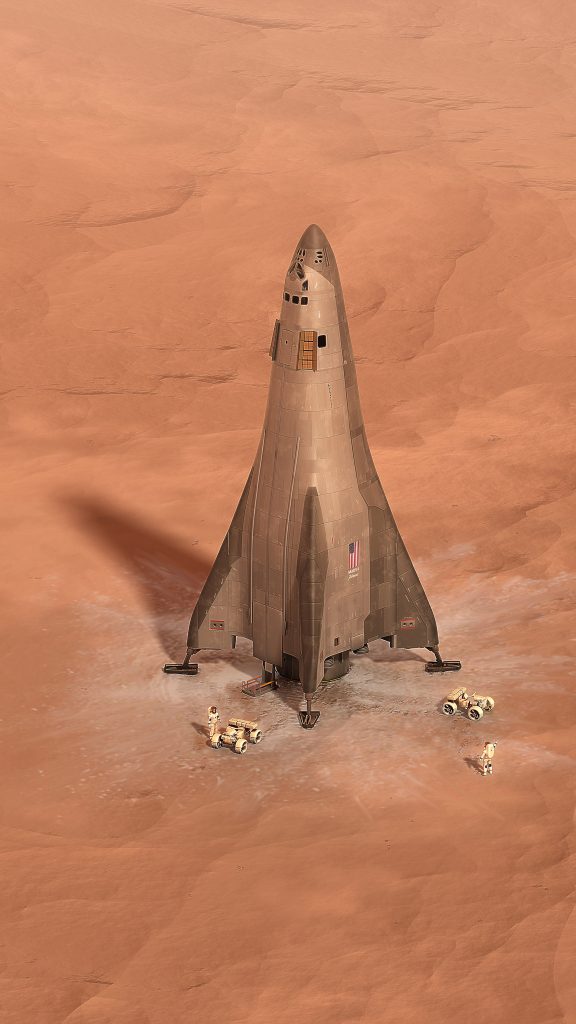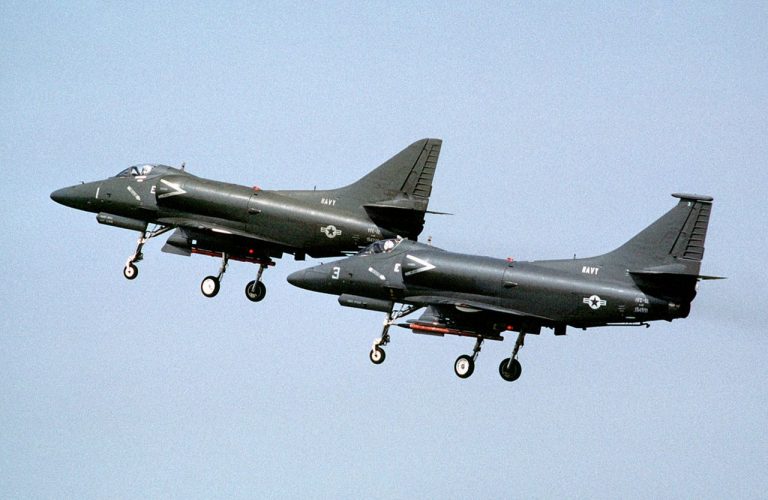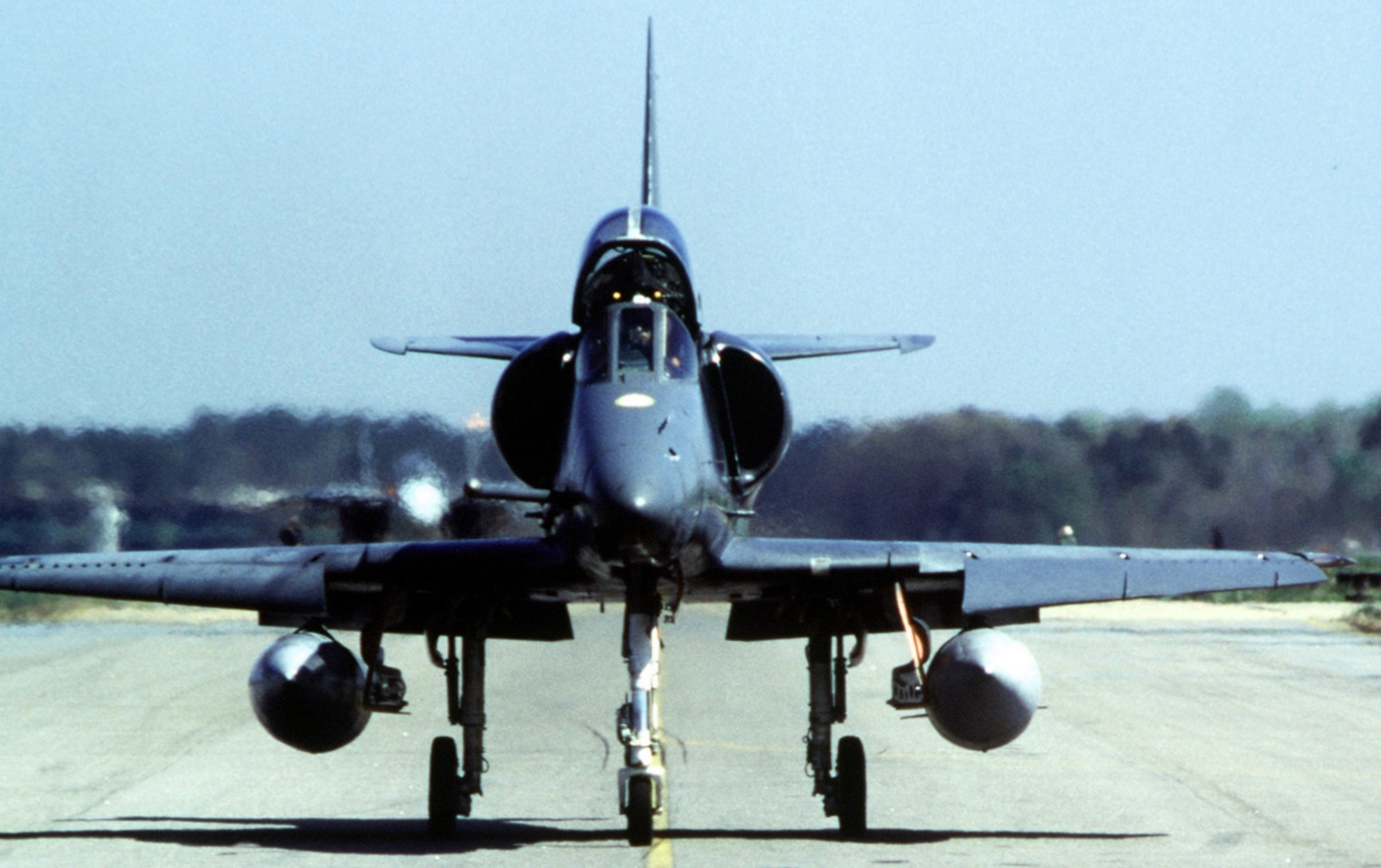On Sept 30th, Air France Flight 66 suffered a massive uncontained engine failure over the Atlantic Ocean. The #4 engine on the double-decker Airbus A380 was shredded and the aircraft was at least an hour away from a suitable divert field. Due to the professional pilots at the helm and the coordinated crew actions, the aircraft made a safe emergency landing at Goose Bay. All 497 souls onboard were safe.
Rana Landreth was returning home after her father’s funeral. Waking up to a violently shaking jet must have been a scary experience. She details her entire account on her website. We encourage you to check out her full story here. We had the opportunity to ask her a few additional questions about her experience, especially once the jet landed.
1.) What was the mood like on the jet while you were waiting for the replacement aircraft?
Considering the fact that the plane almost crashed in the Atlantic and for passengers sitting on the side where they were able to see with their own eyes the engine failing and pieces hanging off of it, we were super quiet and calm waiting inside the jet. There were some older people and from what I was able to count 3 babies and their parents trapped among others (I didn’t know exactly what was happening on the upper level since I was in the lower one), but all in all we kept it together. Some bathrooms ran out of water in their faucets, we almost ran out of food until Canadian border came to the rescue with boxes full of sandwiches and some gallons of water. Maybe the fact that they kept promising us rescue is on its way we were hopeful. It was not until a couple hours to the end of the ordeal when an old lady had a meltdown, and then 2 other ladies who were begging for straight answers and how it wasn’t acceptable all this mistreatment and entrapment and how come they didn’t provide us with rooms or the ability to step outside the craft. Bottom line, we kept our cool but I feel like they somehow took advantage of it.
2.) Tell us about the journey home after Goose Bay. Was Air France helpful?
It took almost an hour for the crew to board between 395 to 400 passengers, then another hour for the plane to take off, at that point I think I was numb and waiting was something I got used to! I really wanted to grab my camera to capture dawn breaking and that beautiful pink shade in the sky but I couldn’t, I was just looking forward to leave. Also it wasn’t until we were ready to take off until they announced we were headed to Atlanta not LAX, that’s when a few passengers whom last destination was LAX started breaking down in tears, it was just too much to bear. The new Air France crew was somewhat helpful.
3.) What advice would you give for people who face an incident in the air like the one you dealt with this weekend?
My personal advice is to hold on to your seat, be positive and focus on one thing “ the plane is going to touch down safely”. Although it was traumatizing, I mean hearing the lead crew saying in French “preparez toboggans” that alone is something I will never forget, then we knew how bad the situation was and what the pilots are trying to do to land us safely and when they assured us they were able to stabilize the plane for now, I sat put in my seat, listening to music watching us moving on the map over the Atlantic thinking I won’t be safe until those wheels touch the ground. And when they finally did, people were clapping crying from joy (little did we know we had to wait eternally for a rescue plane).
Quite an experience! Thanks, Rena for sharing.
Audio of Air France flight 66’s final approach is below. Thanks to VASAaviation for the audio clip.


